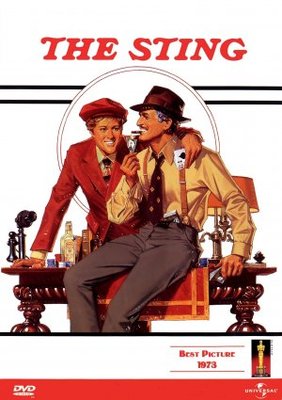It was the year after Watergate, midway through the Vietnam War, and Americans were fed up with corruption and lies. Yet the second biggest movie released in 1973 (after The Exorcist), winner of seven Oscars, was all about crime and deception. The robbers were the good guys, and they were stealing from a rich, golfing gangster (Robert Shaw) during the height of the Great Depression. It helped, of course, that the two con artists were played by Robert Redford and Paul Newman, but the success of The Sting goes beyond star power and a clever script by David S. Ward. Directed by George Roy Hill, The Sting is very much a platoon movie, a guys-on-a-mission flick. Newman carefully assembles his crew, and they execute their long con with practiced precision. The Sting is a movie about competence and loyalty—how a bunch of small-timers pull off one great score. At the time, Detroit couldn’t make decent cars, the war was a quagmire, and Nixon had just declared, “I am not a crook.” Though set during hard times, The Sting nostalgically celebrates the old American can-do spirit. There’s a cheerful camaraderie in larceny, a partial reprise of Butch Cassidy and the Sundance Kid (also directed by Hill). And there’s a pride in living outside the law. Says Newman, “There’s no point being a grifter if it’s the same as being a citizen.” (PG) BRIAN MILLER
Wed., Nov. 14, 1:15 & 6:55 p.m., 2012




